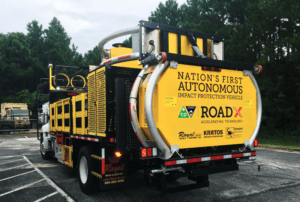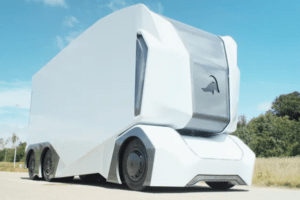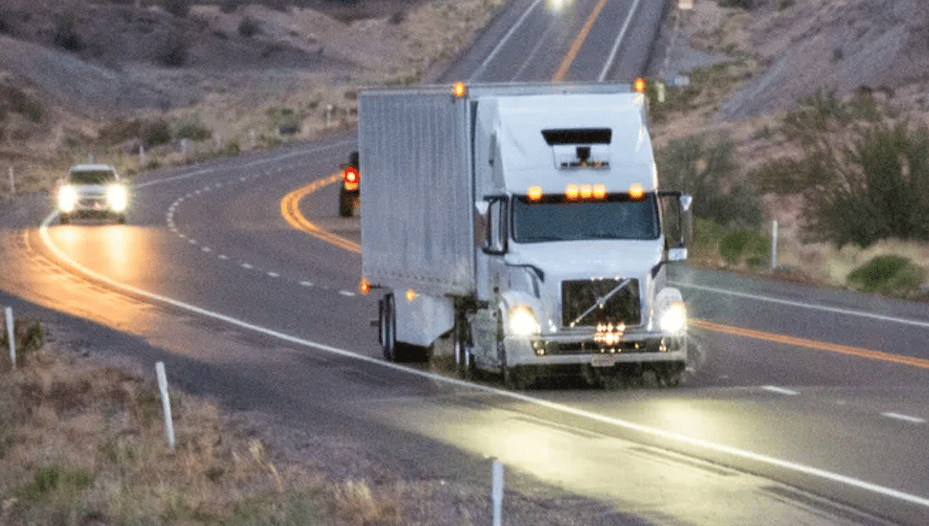The trucking industry has been essential to the global economy for decades. It is responsible for delivering goods and materials across the country, keeping businesses and industries operational. However, the future of the trucking industry is uncertain, with many questions about the role of automation and self-driving trucks. While the prospect of autonomous vehicles may seem like a looming threat to truck drivers, there are several reasons to believe that human drivers will continue to play an essential role in the industry for years to come.
One of the main factors that may prevent self-driving trucks from replacing human drivers is the complexity of the job. Driving a truck requires several skills, including navigating traffic, loading and unloading cargo, and dealing with customers. These skills are difficult to automate, and autonomous vehicles may struggle to replicate the judgment and flexibility that human drivers bring to the job.
 In addition to the job’s complexity, there are several other reasons self-driving trucks may not completely replace human drivers. First, autonomous vehicles are still in the early stages of development, and there are several technical and regulatory challenges that need to be addressed before they can be deployed at scale. For example, self-driving trucks may struggle with adverse weather conditions, such as heavy rain or snow, which can impair their sensors and cameras. Additionally, several legal and ethical questions still surround the use of self-driving vehicles on public roads.
In addition to the job’s complexity, there are several other reasons self-driving trucks may not completely replace human drivers. First, autonomous vehicles are still in the early stages of development, and there are several technical and regulatory challenges that need to be addressed before they can be deployed at scale. For example, self-driving trucks may struggle with adverse weather conditions, such as heavy rain or snow, which can impair their sensors and cameras. Additionally, several legal and ethical questions still surround the use of self-driving vehicles on public roads.
Second, autonomous vehicles may not be cost-effective for many trucking companies. While self-driving trucks may reduce labor costs, they are also likely to require significant investments in technology and infrastructure. Trucking companies will need to purchase and maintain fleets of autonomous trucks, as well as invest in software and hardware to support their operations. Additionally, self-driving trucks may require significant upgrades to the country’s infrastructure, such as highways and rest stops, to support their deployment.
Third, there is still a significant demand for human drivers in the trucking industry. According to the American Trucking Association, there are currently over 3.5 million truck drivers in the United States, and the industry is projected to need an additional 1.1 million drivers over the next decade. While the industry is facing a shortage of qualified drivers, there is still a significant demand for skilled and experienced drivers.
Despite the challenges facing the trucking industry, there are several opportunities for growth and innovation. One area that is seeing significant growth is sustainable transportation. Electric and hybrid trucks are becoming increasingly popular, and many companies are investing in sustainable transportation to reduce their carbon footprint and comply with environmental regulations. This shift towards sustainable transportation presents new opportunities for truck drivers, as companies are looking for drivers with experience driving electric and hybrid vehicles.
 Another area that is seeing significant growth is data analytics and artificial intelligence. Many trucking companies are investing in software and hardware that can collect and analyze data from their trucks, drivers, and customers. This data can be used to optimize operations, reduce costs, and improve the customer experience. Additionally, companies are investing in artificial intelligence and machine learning to automate routine tasks and improve decision-making.
Another area that is seeing significant growth is data analytics and artificial intelligence. Many trucking companies are investing in software and hardware that can collect and analyze data from their trucks, drivers, and customers. This data can be used to optimize operations, reduce costs, and improve the customer experience. Additionally, companies are investing in artificial intelligence and machine learning to automate routine tasks and improve decision-making.
Finally, there are several opportunities for innovation in the trucking industry that may help address some of the challenges facing the industry. For example, some companies are exploring the use of drones to deliver small packages and materials to remote locations. Additionally, some companies are exploring the use of blockchain technology to improve supply chain management and reduce the risk of fraud and theft.
Our final take? The future of trucking is still uncertain, but it’s unlikely that truck drivers will be completely replaced by autonomous trucks. While self-driving technology is advancing, it still requires human input and oversight to operate safely. The trucking industry is facing several challenges, including a driver shortage and the need for sustainable transportation, but these challenges also present opportunities for truckers to adapt and grow. As technology continues to evolve, it’s essential to consider how it can complement human drivers and improve the trucking industry’s efficiency and safety.

